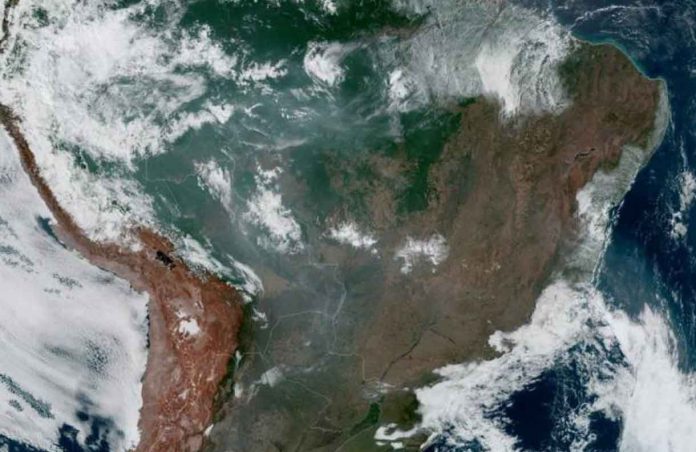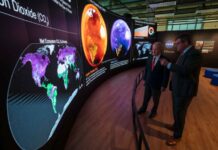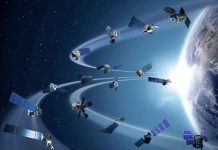
NASA and ESA (European Space Agency) have formed a first-of-its-kind strategic partnership to observe Earth and its changing environment.
“Climate change is an all-hands-on deck, global challenge that requires action – now,” said NASA Administrator Bill Nelson. “NASA and ESA are leading the way in space, building an unprecedented strategic partnership in Earth science. This agreement will set the standard for future international collaboration, providing the information that is so essential for tackling the challenges posed by climate change and helping to answer and address the most pressing questions in Earth science for the benefit of the United States, Europe, and the world.”
The global climate is rapidly changing and the demand for accurate, timely, and actionable knowledge is more pressing than ever. Recognizing that climate change is an urgent global challenge, the timing is right for NASA and ESA, as partners in space, to join forces to lead and support a global response to climate change. The partnership is an effort to help address and mitigate climate change through monitoring Earth with combined efforts of both agencies in Earth science observations, research, and applications.
The partnership was formalized through a joint statement of intent, signed Tuesday, which outlines how the agencies will collaborate to ensure continuity of Earth observations; advance understanding of the Earth System, climate change and application of that knowledge; and collaborate on an open data policy that promotes open sharing of data, information, and knowledge within the scientific community and the wider public.
“Together, NASA and ESA provide most of the world’s Earth science coverage through our Earth-observing satellites,” said Thomas Zurbuchen, NASA associate administrator for science. “This transformative agreement will build on that capability, forging a critical international climate science partnership to tackle the most challenging climate questions in an integrated and strategic way. Not only will NASA and ESA work together to deliver unparalleled Earth science observations, research, and applications, but all of our findings will also be free and open for the benefit of the entire world as we work together to combat and mitigate climate change.”
NASA and ESA have a long and successful history working together to understand climate change. In 2020, NASA, National Oceanic and Atmospheric Administration (NOAA) and European partners, including ESA, launched the Sentinel-6 Michael Freilich satellite, which is collecting the most accurate data yet on global sea level and how oceans are rising in response to climate change. The mission also is collecting data of atmospheric temperature and humidity that will help improve climate models and weather forecasts.
“Without doubt, space is the best vantage point to measure and monitor climate change, but joining forces is also key to tackling this global issue,” said Josef Aschbacher, ESA director general. “This is why today’s agreement between our organizations is so crucial. Timing is also important, particularly as we look to the COP26 climate conference later this year, where we have the chance to further make space an integral part of the solution when it comes to climate-change mitigation.”
In May, NASA announced its Earth System Observatory, which will design a new set of Earth-focused missions to provide key information to guide efforts related to climate change, disaster mitigation, fighting forest fires, and improving real-time agricultural processes. The joint statement of intent complements activities underway for the Earth System Observatory.
Climate adaptation and mitigation efforts cannot succeed without robust climate observations and research. NASA has more than two dozen satellites and instruments observing how the planet is changing and measuring key climate indicators, such as the height of oceans and inland waters, clouds and precipitation, and carbon dioxide.






